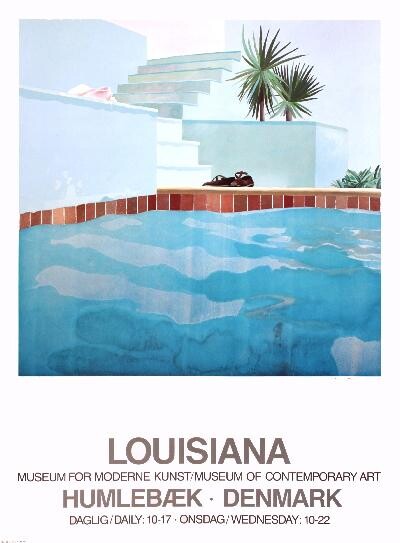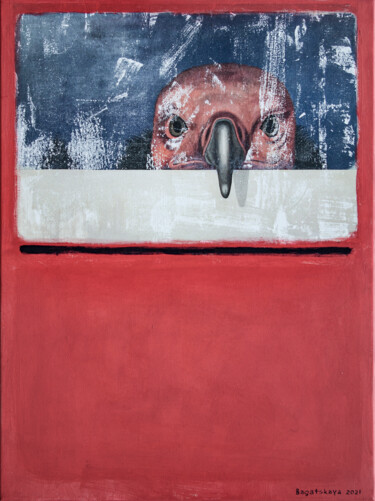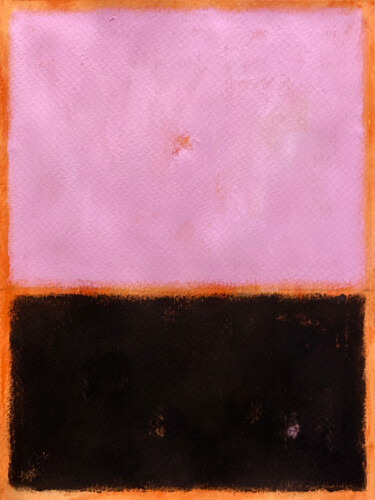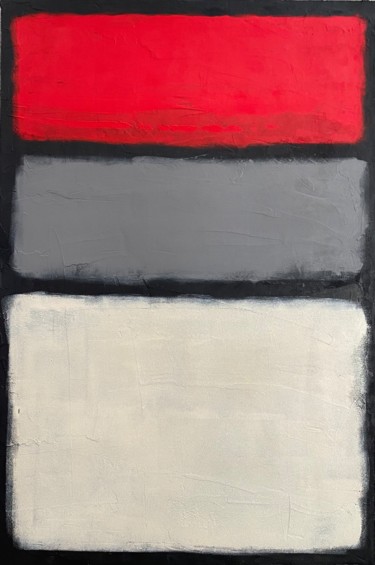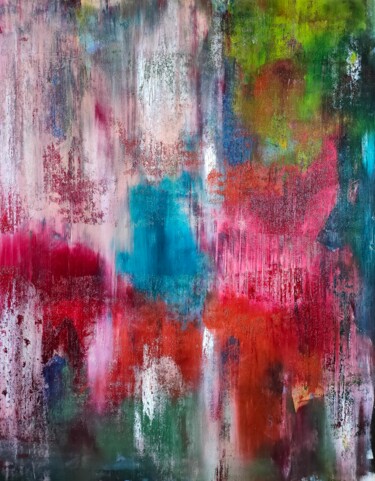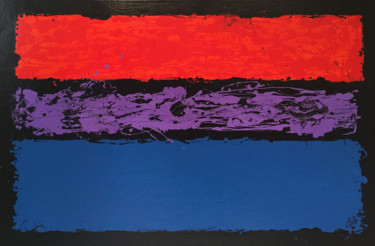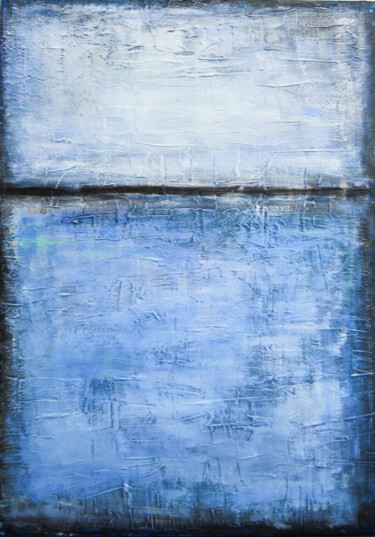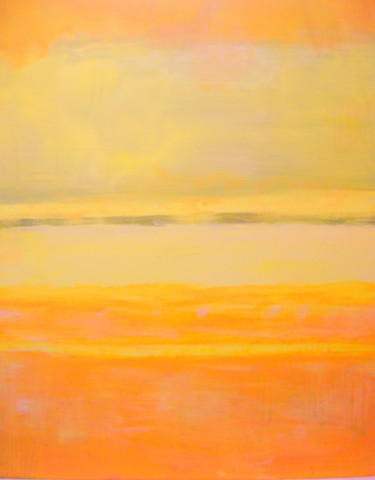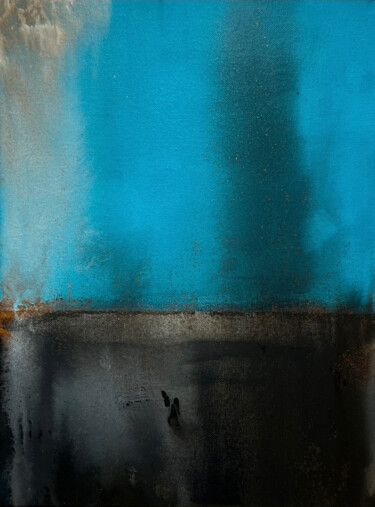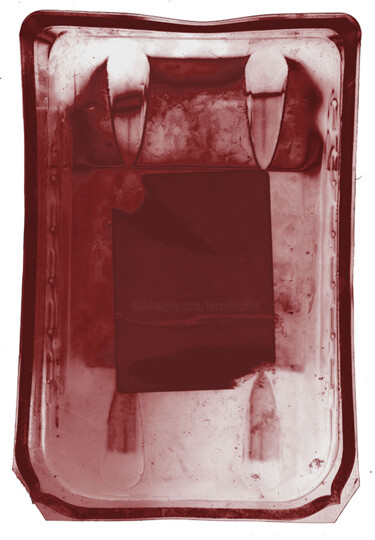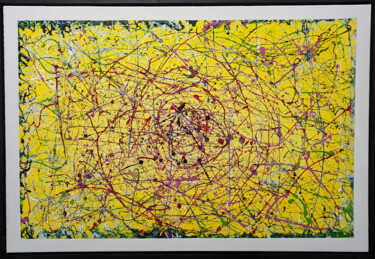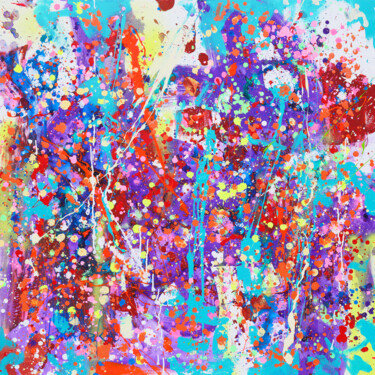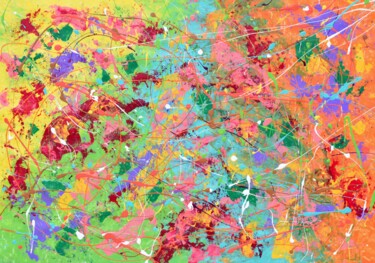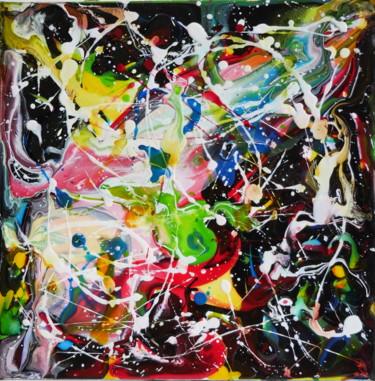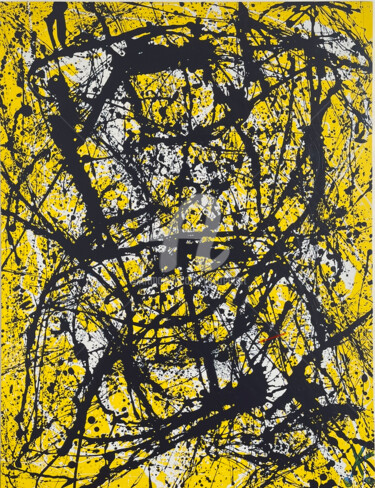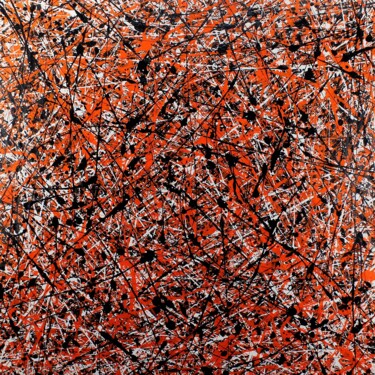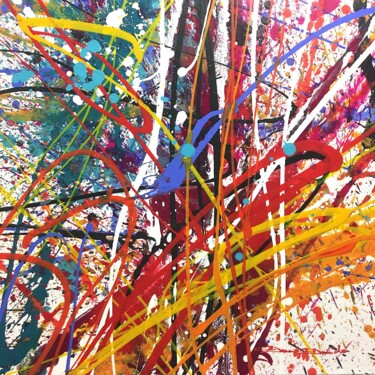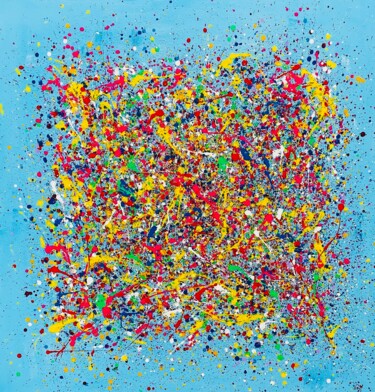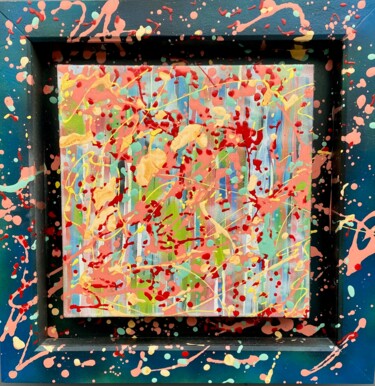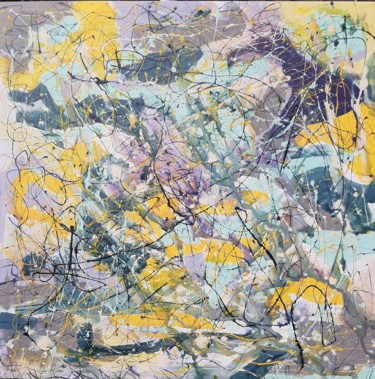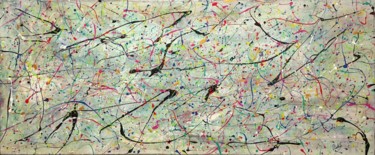 David Geffen standing under the Roxy nightclub marquee in Los Angeles, via Wikipedia.
David Geffen standing under the Roxy nightclub marquee in Los Angeles, via Wikipedia.
Who is David Geffen?
David Lawrence Geffen, born on February 21, 1943, is a prominent figure in the American business landscape. He is widely recognized as a business tycoon, film industry luminary, and the mastermind behind the establishment of several influential record labels and film ventures.
In 1971, he collaborated with Elliot Roberts to bring Asylum Records into existence. Subsequently, in 1980, Geffen Records came into being under his visionary leadership. Following this, he ventured into the creation of DGC Records in 1990, further solidifying his presence in the music industry. Additionally, his entrepreneurial prowess extended to the world of film as he played a pivotal role in the formation of DreamWorks SKG in 1994.
The life of David Geffen epitomizes the quintessential American dream narrative. Born in 1943 to Jewish immigrants in the borough of Brooklyn, his journey commenced in the humble mailroom of the William Morris talent agency. Remarkably, he swiftly ascended the ranks to become a full-fledged agent. Over the subsequent six decades, he amassed a fortune that enabled him to acquire some of the most opulent real estate assets, including a lavish Manhattan apartment, an exquisite Hamptons abode, and the illustrious Jack L. Warner estate nestled in Beverly Hills. Notably, he later orchestrated the sale of the latter to Jeff Bezos, the mastermind behind Amazon, for a staggering $165 million.
Beyond his impressive property portfolio, Geffen left an indelible mark in the world of music by founding Asylum Records, Geffen Records, and DGC Records. His influence extended to the realm of cinema as the driving force behind the establishment of the acclaimed film studio, DreamWorks.
David Geffen's estimated net worth is a staggering $7.7 billion, solidifying his status as a formidable figure in the realm of business and entertainment.
Recognized as a shrewd and astute magnate within the record industry, Geffen has also demonstrated a deep commitment to philanthropy. He has harnessed his vast wealth to provide substantial support to a multitude of art institutions. Notably, in 2017, he made an extraordinary pledge of $150 million to the Los Angeles County Museum of Art (LACMA), marking the largest single donation in the museum's storied history. His philanthropic endeavors also encompassed a generous contribution of $100 million to Lincoln Center in 2015 and another $100 million to the Museum of Modern Art in New York in 2016.
The Most Valuable Art Accumulation in Sole Ownership
In recent years, individual art holdings have commanded record-breaking prices at auctions, and notable among these are the collections amassed by singular owners. This impressive trend includes the collections of the late David Solinger, former president of the Whitney Museum, Paul G. Allen, and the infamous Macklowe assemblage. In totality, these sales have generated several billions of dollars, underscoring the exceptional discernment and aesthetics of these collectors, who frequently acquired remarkable artworks long before they received recognition from the art establishment.
The realm of art, particularly the practice of art collecting, has always been a competitive and dynamic arena where personal connections, intuition, and financial resources assume pivotal roles. While amassing art doesn't necessarily require vast fortunes, as there are many high-quality artworks accessible at reasonable prices, the pinnacle of this endeavor is reserved for individuals who have accumulated substantial wealth. They employ their affluence to invest in diverse assets, including blue-chip art, thereby safeguarding some of the world's most invaluable masterpieces within private holdings, rather than public art institutions like museums.
Among the most remarkable art collections currently under the sole ownership of an individual is that belonging to David Geffen, a renowned American entertainment mogul, business magnate, and art aficionado. With an avid interest in the arts, Geffen has curated an extraordinary selection of American mid-century and contemporary artworks, which is presently valued at approximately $2.3 billion.
Discussing the David Geffen art collection, Paul Schimmel, the former chief curator of the Museum of Contemporary Art in Los Angeles, effusively declared: "When it comes to individual pieces and the overall composition, there exists no collection that rivals David Geffen's representation of postwar American art. It is to postwar American art what the Frick Collection is to Old Master painting."
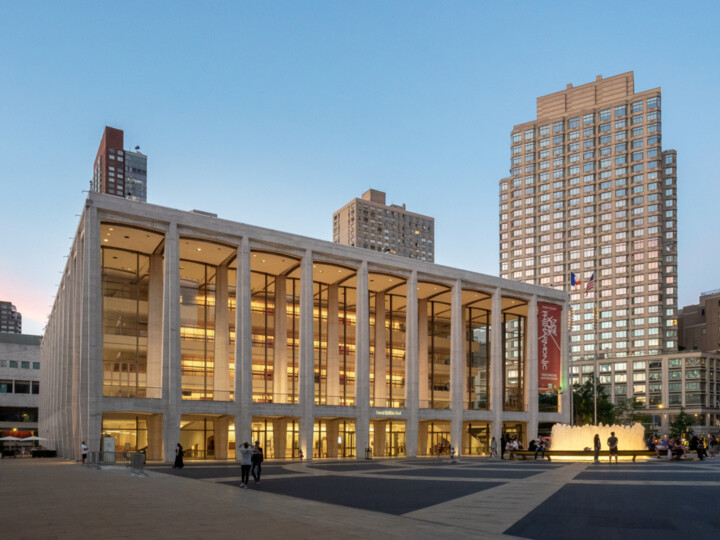 David Geffen Hall as seen from Lincoln Center Plaza, via Wikipedia.
David Geffen Hall as seen from Lincoln Center Plaza, via Wikipedia.
One of the most impressive private art collections in the world
Regarded as one of the world's most remarkable private art assemblages, the David Geffen art collection predominantly showcases creations by eminent figures from the abstract expressionist and pop art movements. Among the luminaries featured in this extraordinary collection are Jackson Pollock, Willem de Kooning, Mark Rothko, David Hockney, and Robert Rauschenberg.
This remarkable collection carries an estimated value that approximates one-third of Geffen's personal net worth, notwithstanding the fact that he has divested some of its most priceless treasures. Notable among these divestitures are "Number 5" by Jackson Pollock and "Woman III" by Willem de Kooning, both of which he parted with in 2006, fetching an astonishing $277 million. At that time, Pollock's masterpiece set a historic milestone as the most expensive painting ever sold, securing Geffen a staggering sum of $140 million. In 2016, he continued this trend by selling a de Kooning piece and another Pollock composition for an impressive half-billion dollars.
While housing some of the most invaluable masterpieces from mid-20th century American art, Geffen seldom lends his collection or individual works to art institutions. Consequently, the full scope and precise contents of his collection remain shrouded in a degree of mystery. Nevertheless, in recent times, Geffen has taken steps that offer the public greater insight into his artistic preferences, the specific works he possesses, his preferred artists, and his distinct approach to collecting.
A commendable collector's instinct
Enriched with a selection of mid-century art luminaries, the Geffen collection is thought to encompass approximately 50 masterpieces. Eminent art dealers such as Richard Polsky have lauded Geffen's discerning instincts, noting his innate "intuitive sense of quality." Rather than amassing an extensive collection, Geffen has deliberately chosen to invest in a select number of invaluable artworks. The David Geffen Art Collection's renown is anchored in a series of highly coveted and nearly unattainable art pieces, acquired or sold with impeccable timing.
Among the treasures he opted to part with in private auctions are believed to include Willem De Kooning's "Clam Digger," Jasper Johns' "O through 9," Robert Rauschenberg's "Winter Pool," and Jackson Pollock's "No. 8, 1950." In 2016, reports surfaced indicating that he amassed a staggering $1 billion from art sales, including Pollock's "Number 17A." Just prior to the onset of the pandemic, he secured David Hockney's "The Splash" for $30 million at a London auction.
The foremost assets in David Geffen's art dealings are his impeccable discernment and refined taste in art. Among the anecdotes that highlight his art-collecting acumen, one of the most memorable involves a diplomatic maneuver with the Iranian government. In 1994, Geffen orchestrated an exchange—bestowing a prized Persian manuscript to the government in return for a de Kooning masterpiece housed in the Tehran Museum.
Other noteworthy art investments include Jasper Johns' "Target with Plaster Casts," 1955, procured from Leo Castelli for $13 million in 1993, and another piece by the same artist titled "Out the Window," 1959, secured from Sotheby's for $3.63 million in 1986. Furthermore, there's the aforementioned acquisition of David Hockney's "The Splash," a 1967 painting for $30 million.
Although today his collection is estimated at several billion dollars, Geffen made these acquisitions at significantly lower prices in the 1980s and 1990s when these artworks were less valued. His example serves as a guiding beacon for budding collectors, emphasizing the possibility of commencing with modest investments and seeking emerging talents poised for future appreciation. Additionally, Geffen underscores the importance of networking and gaining a comprehensive understanding of art history—essential steps in making astute art purchases that hold the potential for future profitability.
In recognition of his exceptional generosity, following a momentous $150 million donation to LACMA, the museum christened the Peter Zumthor-designed building as the "David Geffen Galleries." His name also graces the MOCA's "Geffen Contemporary" and the "David Geffen Wing" at MoMA. While speculation swirls about the possibility of Geffen bequeathing a portion of his collection to LACMA, such musings remain unverified.
When queried about the destiny of his collection, Geffen responded with characteristic wit and optimism, stating, "Hopefully I'm not going to die for a long time."


 Selena Mattei
Selena Mattei

